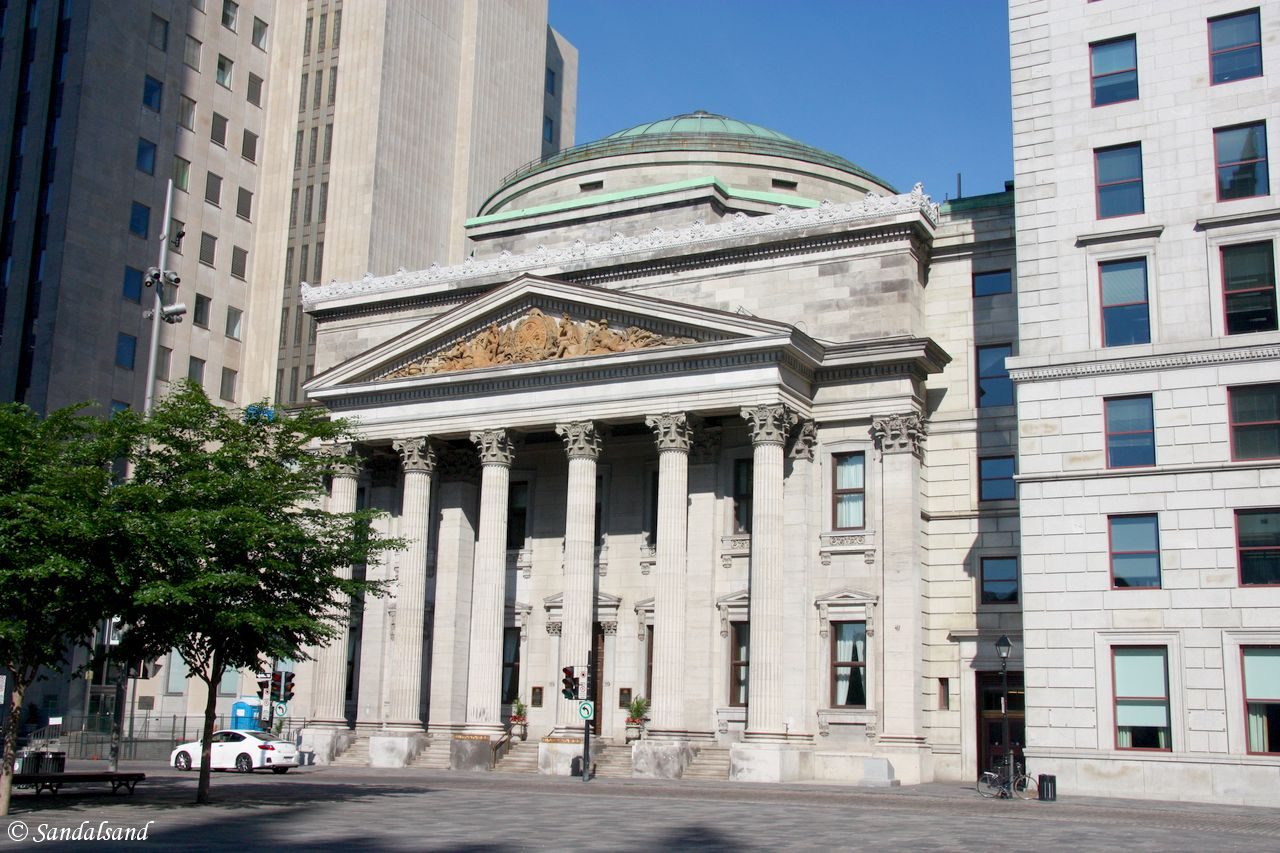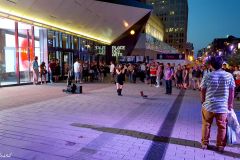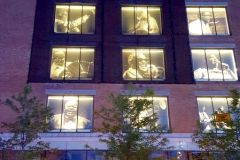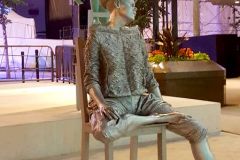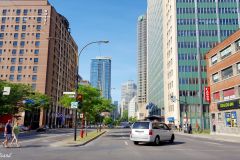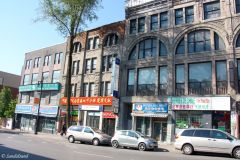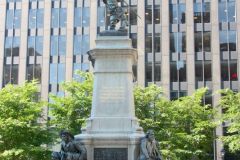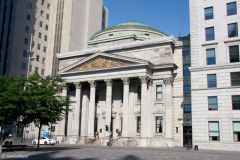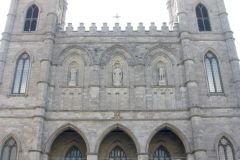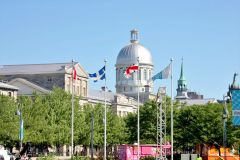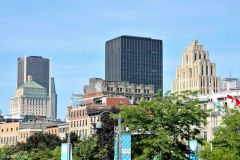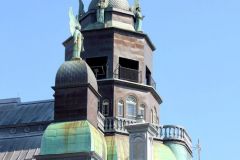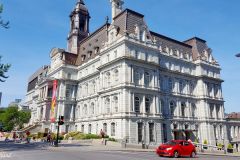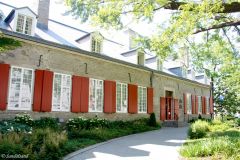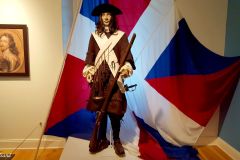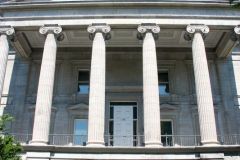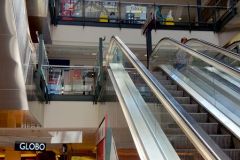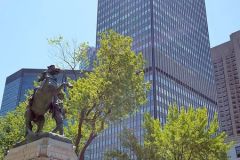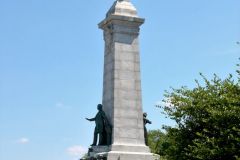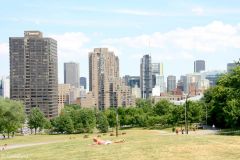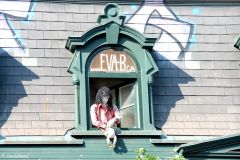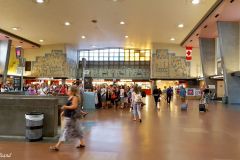Combining colonial architectural heritage with modern high-rises is not always easy. Montreal succeeds in offering visitors a lot of sights and things to do.
A short history
The Great Lakes of North America are shared by Canada and the United States. The main waterway leading to and from the lakes from the Atlantic Ocean is the Saint Lawrence River. I went to visit two of the three largest cities on the Canadian side of the border, Montreal and Quebec. The third is Toronto, which I skipped and went to Ottawa instead. I travelled overland by train and bus between these three major cities in the provinces of Quebec and Ontario. My story is being told in three chapters. This is the first and deals with Montreal.
Montreal in the province of Quebec has a population of 1.6 million and 4 million in the metropolitan area. For long the most important commercial city in Canada, it was surpassed by Toronto some decades ago. More than half the population speak French as their first language, although over 50% are bilingual in terms of speaking both French and English.
When the first European explorer arrived here in 1535, Jacques Cartier discovered that the present-day Montreal was inhabited by more than a thousand native people of the Iroquis tribe. The next national hero to arrive, Samuel de Champlain, set up a fur trading post in 1611 and the town of Ville-Marie was formally founded in 1642. In 1705 it changed its name to Montreal and in 1760 the French surrendered the territory to Great Britain. Due to its strategic location at the confluence of the Saint Lawrence and Ottawa rivers, the city grew and prospered in the ensuing centuries.
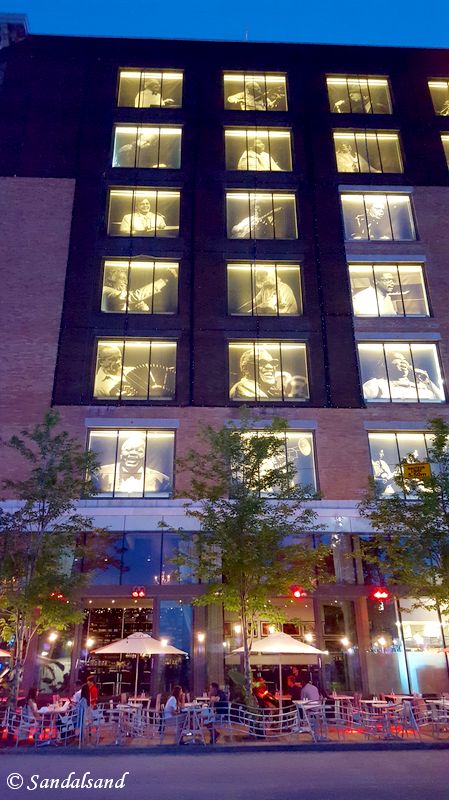
Hands up if you think of jazz when you hear Montreal. This is from Place des Arts in Quartier des Spectacles.
What to see
Today its architecture reflects Montreal’s historic significance as well as its commercial status. Montreal boasts some really old colonial buildings in the area simply called Old Montreal. There is also a modern part of which the Underground City (RESO) is the most famous. This set of shopping etc. complexes connect both above and below ground, not a bad idea considering the bitterly cold winters.
I basically spent my time in all these old and new places. My hotel was on Rue Sainte-Catherine right in the middle of Quartier des Spectacles, an area which is filled with people and action in the evening. A visit to Parc du Mont-Royal for some greener surroundings was a relief. In addition it offered a great view of the city. I dropped all galleries and museums but one. The Château Ramezay was very impressive. It is one of the oldest buildings in Montreal and houses exhibitions about the history of Montreal and Canada.
The map below is expandable into a new tab or window, and also to be worked in by zooming and clicking. I spent some time before going and while there, compiling these points of interest. My suggestion is to zoom in on Montreal to discover my findings, most of which I actually made it to.
Where to stay? Don’t ask me. My choice had a fine location but was a disappointment. What about eating? Well, I found myself a couple of Irish pubs for lunch and a place in Chinatown for dinner. I suggest that you try the traditional Poutine, with French fries and cheese curds topped with a light brown gravy at McLean’s Pub on Dorchester Square.
Read more
This article is part of a series based on a four-night visit to three major cities in eastern Canada.
(1) Montreal (THIS)
(2) Quebec City
(3) Ottawa
WHC List #0300 – Historic District of Old Québec
Finally, here are some miniature pictures to click and browse in larger versions.

